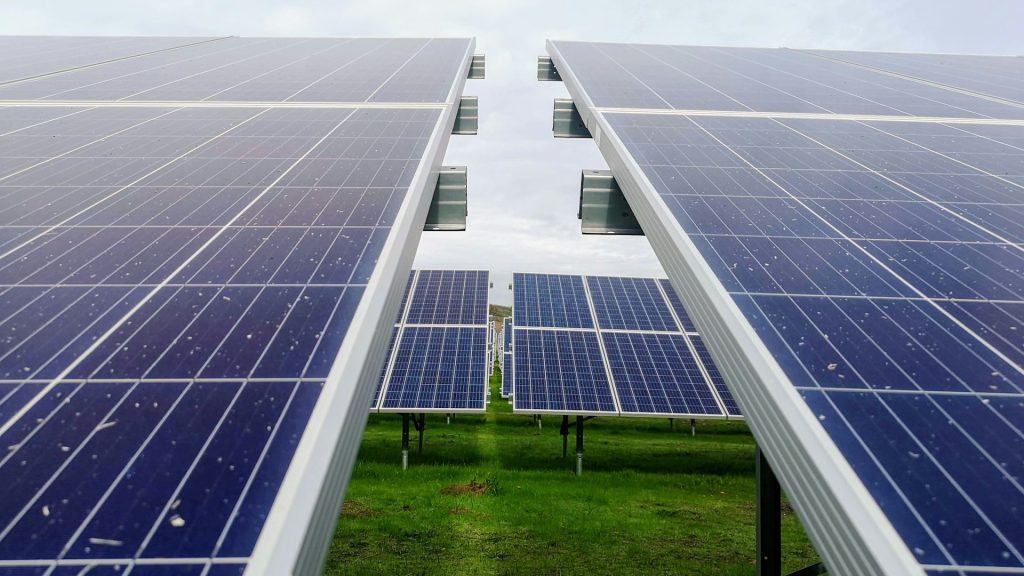India added 29.5 GW of solar capacity in the first three quarters of 2025—a 70% year‑on‑year surge—reflecting aggressive commissioning across both utility‑scale and rooftop segments, according to a recently published report.
Of the total, utility‑scale solar contributed approximately 22.5 GW, registering a sharp 70.3% increase compared to the same period in 2024. Nearly half of this capacity, or 11.1 GW, was installed in Q3 2025, underlining accelerated project completions before tariff and tender revisions expected later this year.
Rooftop solar remained a strong growth driver, with 5.8 GW added—an 81.6% annual jump—supported by enhanced commercial and industrial (C&I) adoption and MNRE’s streamlined subsidy portal for residential consumers. The off‑grid and distributed solar segment also grew steadily, adding 1.17 GW, a 12.7% rise over 2024, bolstered by state-level distributed energy programs and the PM‑Surya Ghar Yojana.
Complementing the solar surge, 4.96 GW of new wind capacity was installed from January to September 2025, aided by repowering initiatives and new hybrid park developments in Gujarat and Tamil Nadu.
According to MNRE data, India’s total renewable energy capacity reached approximately 247.3 GW as of September 2025. Solar leads with 52% of cumulative capacity share, followed by wind (21%), large hydro (20%), bioenergy (5%), and small hydro (2%).
While the record deployment positions India closer to its 500 GW non‑fossil target by 2030, industry analysts caution that transmission readiness, storage integration, and payment delays remain critical bottlenecks that could temper growth momentum in 2026.












